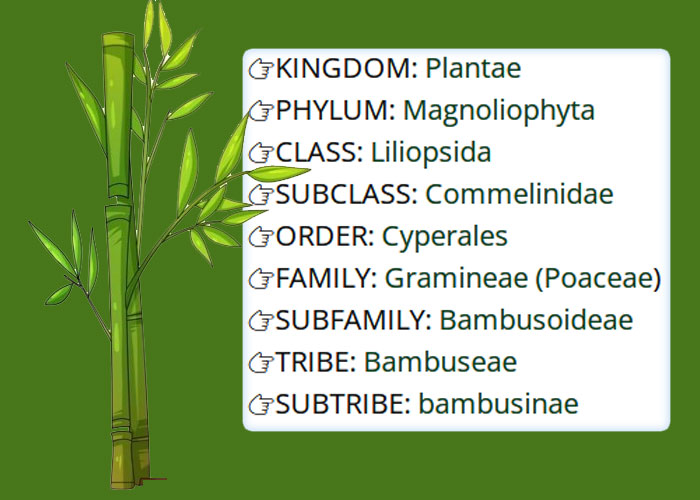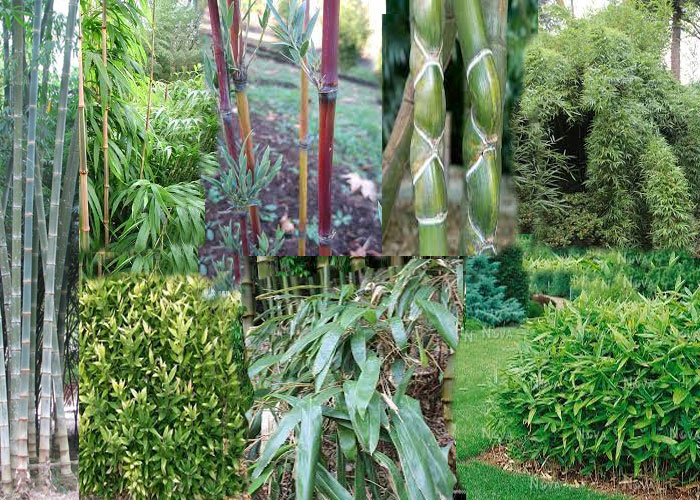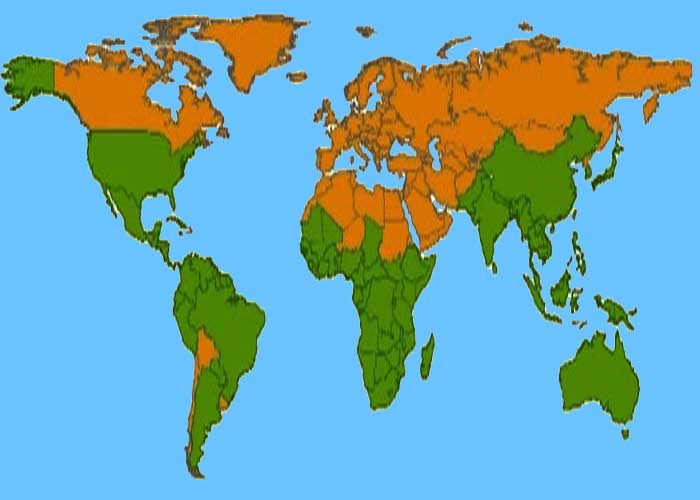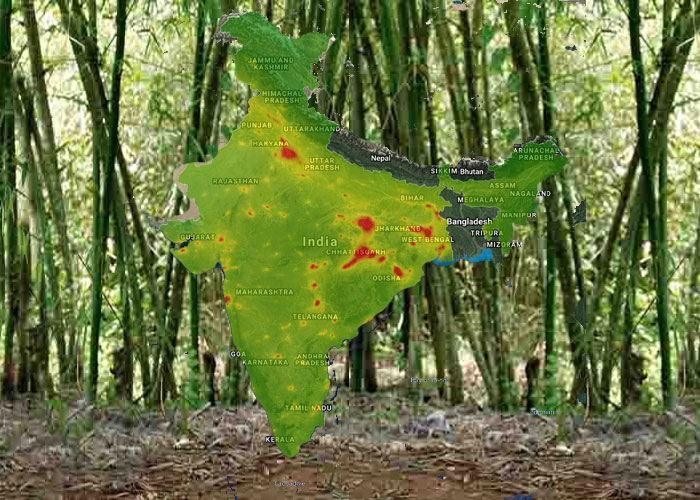Bamboos are a diverse group of woody, perennial evergreen plants belonging to the grass family Poaceae. They have strong adaptability distributed widely from near the equator zone to the boreal zone with latitude ranges from 47° S to 50° 30' N and altitudinal variation from sea level to 4300 m. Bamboo prefers a warm and humid climate and are distributed over the plain and hilly areas in the tropical and subtropical monsoon zone between the Tropic of Capricorn and the Tropic of Cancer. The geographical distribution of bamboos is governed largely by the conditions of rainfall, temperature, altitude, and soil. Most of the bamboos requires a temperature from 80C to 360C and a minimum annual rainfall of 1000 mm and high atmospheric humidity.
 Bamboo Morphology
Bamboo Morphology
Identifying bamboos up to species level is determined with the help of different characteristics in rhizome such as scale leaves, nodes, and internodes, presence of air canals, the occurrence of root length, rhizome length, etc. They have a tree-like habit, a well-developed rhizome system, woody, and hollow culms, branching patterns, petiolate leaves, Prophyll, Inflorescence, specialised sheathing organs etc.
 Bamboo Taxonomy
Bamboo Taxonomy
The nearly 1,700 described species of bamboos comprise three clades classified as tribes, and these strongly correspond with geographic divisions representing the New World herbaceous species (Olyreae), tropical woody bamboos (Bambuseae), and temperate woody bamboos (Arundinarieae). The traditional classification of bamboo has been based almost entirely upon morphological characters.
 Bamboos of the World
Bamboos of the World
In World, with 1678 species under 123 genera, bamboos are found as natural flora in many places of the world, from sea level to the snowy mountains, in tropical, subtropical, and mild temperate climates. They are abundant on the southern and southeastern borders of Asia. Three major bamboo-growing geographical regions recognized in the world are Asia-Pacific, America and Africa.
 Worldwide distribution of Bamboo
Worldwide distribution of Bamboo


